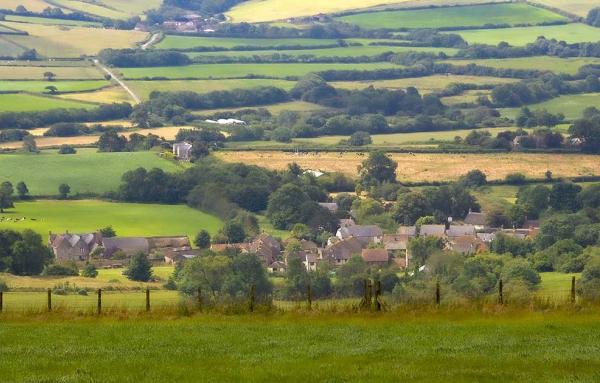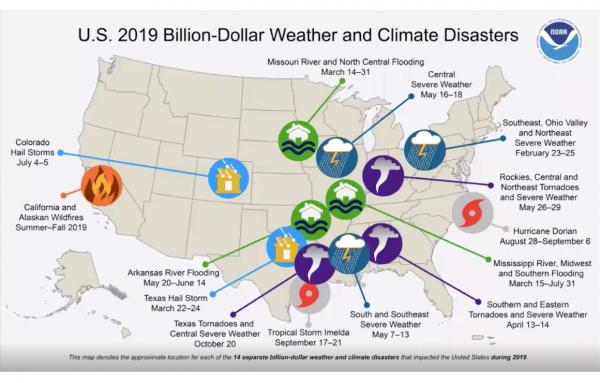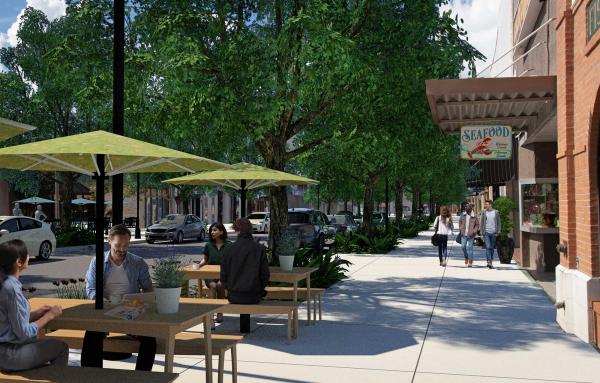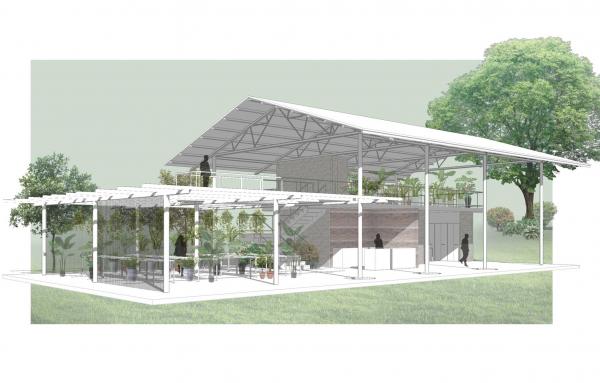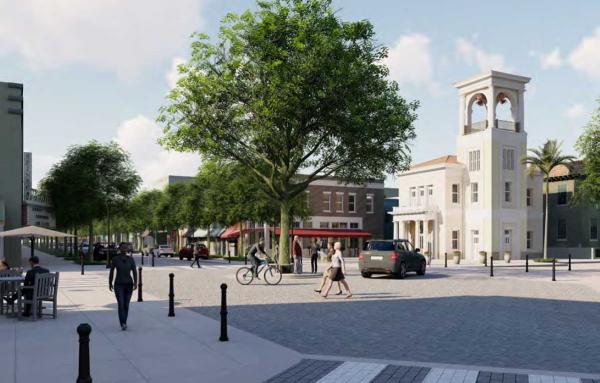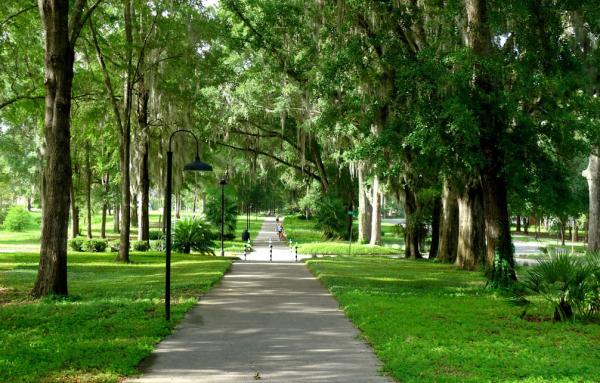Sustainability
The scale and form of communities—and avoiding sprawl—will play critical roles in their long-term resilience.
There are several powerful virtuous cycles of street trees that benefit so many parts of the built environment and the people who inhabit it in ways we may not have thought about until now. This post daylights the multitude of benefits—some of which...
In a city like Seattle, more than 100,000 trees could be planted at intersections alone. These trees would provide enormous psychological, social, environmental, and economic benefit.
The Mississippi River is an armature for economic development and public space in Saint Paul and Minneapolis. The future of both cities, and the goal of equitable development, are tied to the riverfront.
It’s time to harness technology for cleaner, healthier and safer cities.
Urban planning has important contributions to a wide range of climate change responses, from mitigation to adaptation, notes CNU cofounder Elizabeth Plater-Zyberk.
After being hit by a Category 5 storm in the fall of 2018, Panama City, Florida, is following a vision to rebuild better than before. The plan won a 2020 CNU Charter Award in the Neighborhood, District, and Corridor category for Dover, Kohl &...
The Center of Territorial Intelligence in Biodiversity in Curridabat, Costa Rica, is a model for studying climate change on an urban environment. The project won a 2020 CNU Charter Award in the Emerging Projects category for Tandem Arquitectura.
The Florida Panhandle city survived Category 5 Michael with most of the downtown intact—the plan looks to a more resilient future in the face of potential sea level rise.
In the wake of Hurricane Dorian, which destroyed much that was good in The Bahamas, it is worth reviewing the lessons from recent natural disasters on how to build to last and recover local culture and economies.
If The Bahamas rebuilds using the wisdom hard-earned on these islands over time, then the disaster of Dorian can result in a renewal of the places and buildings that have made The Bahamas world-famous, and have long driven the economy.
Linear greenways, through and bordering neighborhoods, are crucial design features of the most livable new urban communities. Here are examples of why and how they should be incorporated.
